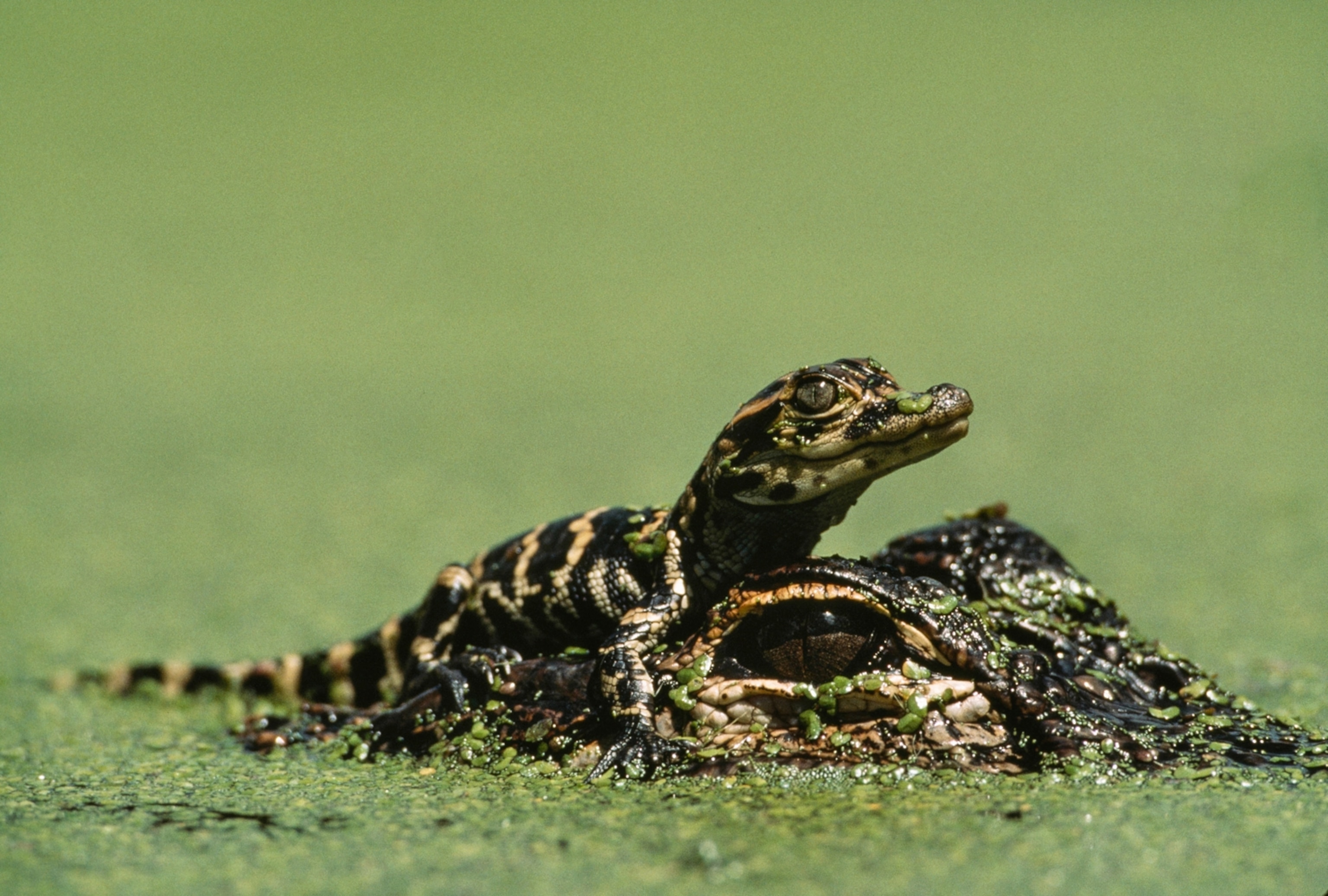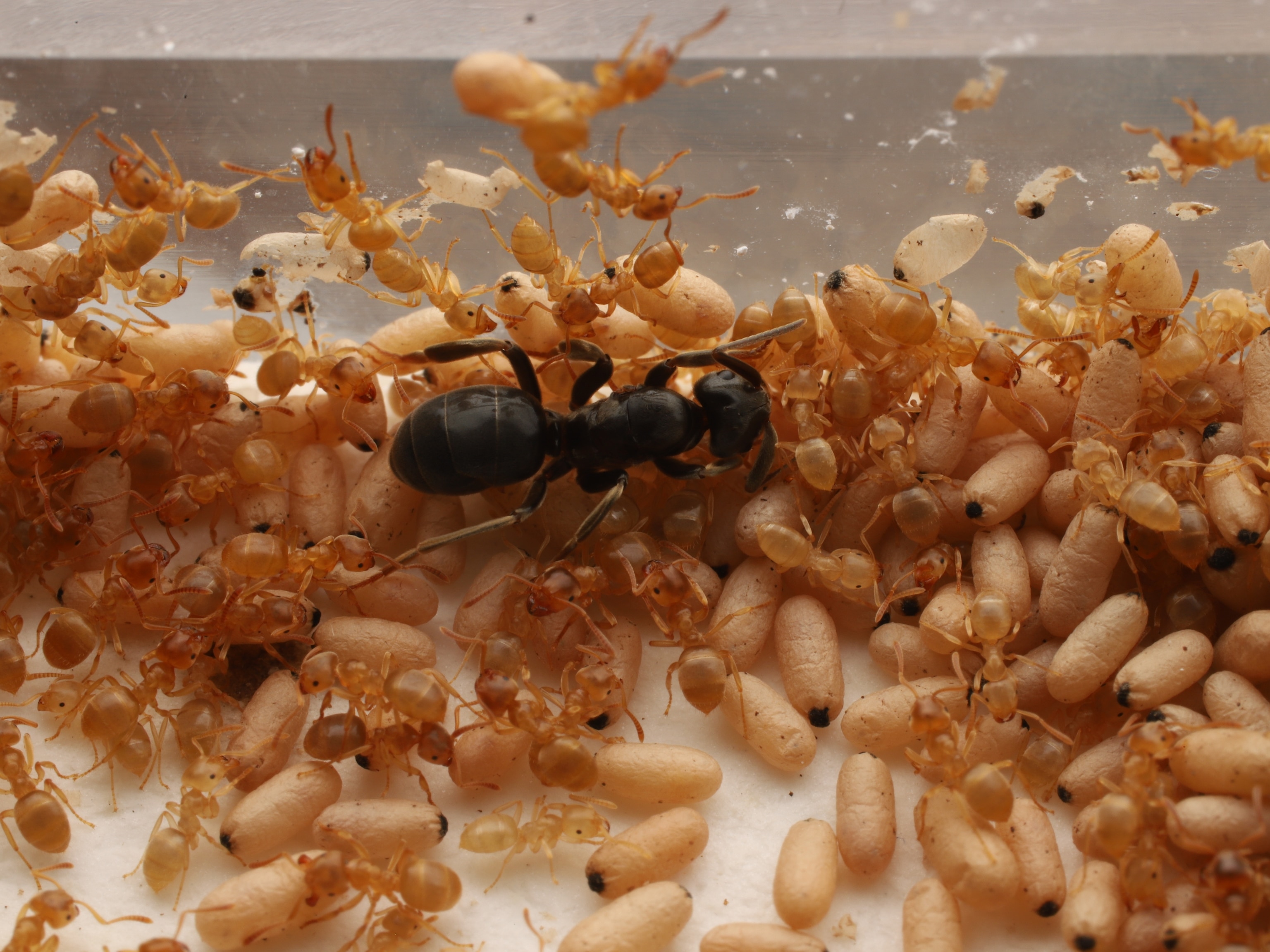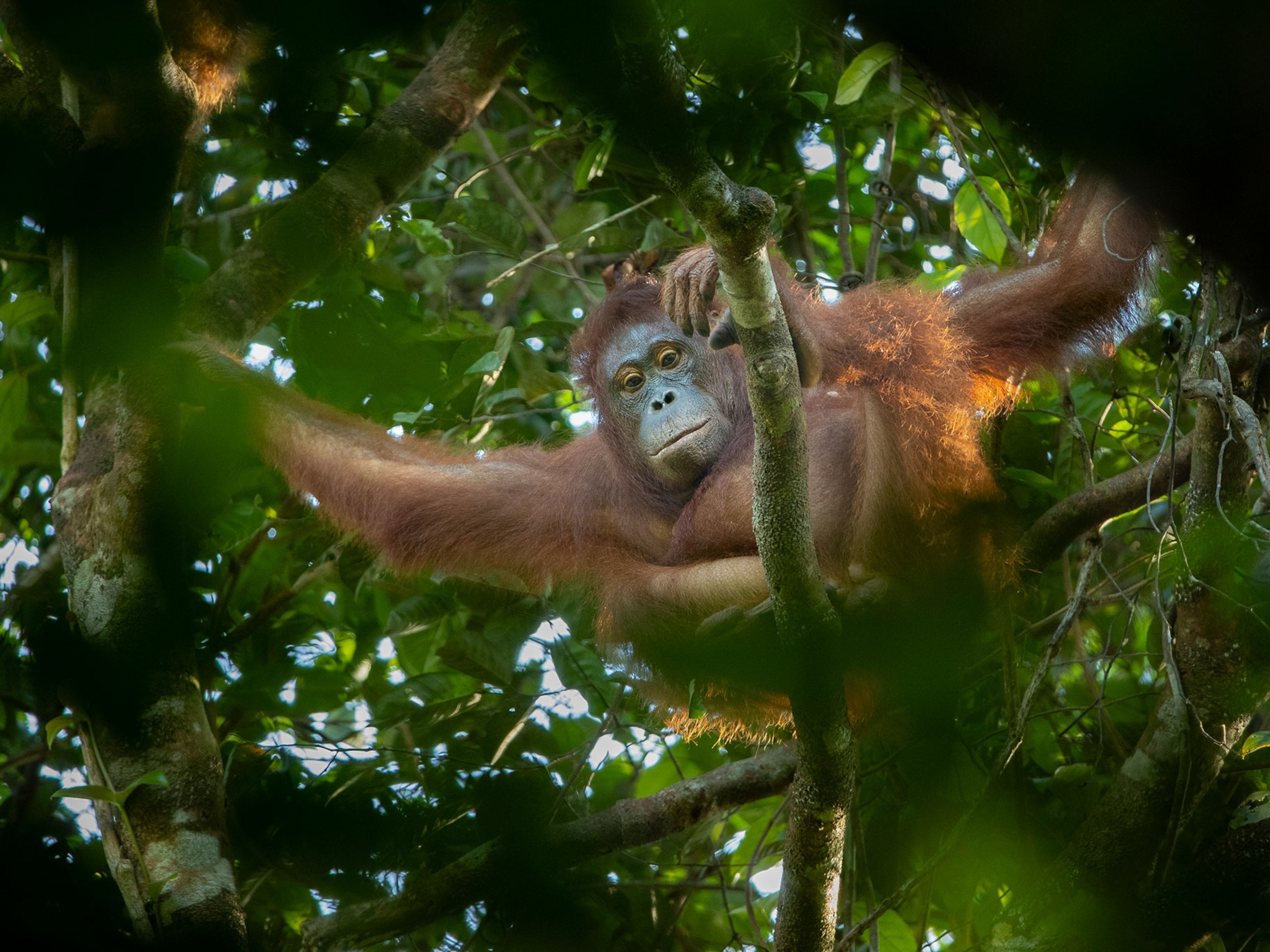
5 Strange Ways Animal Mothers Carry Their Babies
With Mother's Day around the corner, we take a closer look at how animals tote their youngsters, from putting them on their heads to literally embedding them in their backs.
If you think strapping a toddler into a car seat or herding your crew into a minivan is hard work, be glad you're not a wolf spider mom.
For these mothers, native to Australia, transporting the children means carrying hundreds of them on their backs.
One Australian YouTube user found this out the hard way after killing a wolf spider that he found in his home—and filming the aftermath. Instead of squashing a single spider, the man unleashed hundreds of spiderlings fleeing their mother's body. (Read this story for guidelines on what to do when you find a spider in your house.)
Of course, wolf spiders aren't the only animals that have to ferry around their young.
With Mother's Day around the corner, we're featuring animals with creative strategies to move the kids from Point A to Point B.
American Alligator

These reptile mothers carry their babies on their heads, snouts, or even inside their mouths.
In 2012, J. Whitfield Gibbons saw this firsthand as he watched American alligators hatch at the Savannah River Ecological Laboratory in South Carolina. (See National Geographic's pictures of animal mothers and babies.)
As the babies chirped, preparing to crack through their shells, the emeritus professor of ecology at the University of Georgia was seized with a moment of horror.
"The mother reached down into the nest with her snout and picked up one of the eggs and went crack! with her jaws," Gibbons said.
The mother, however, was not preparing to snack on her baby. Instead, she "came down like a steam shovel, nudged the baby into her jaw, and carried it down to the water," Gibbons said.
"It waited for her on shore while she did that 30 more times," one for each of her young.
Suriname Toad
Some frog species have also developed unusual ways of toting their offspring, Gibbons says. The Suriname toad (Pipa pipa) of South America, for instance, may win the award for parental sacrifice. (Also see "Longest-Living Octopus Found, Guards Eggs for Record 4.5 Years.")
Instead of leaving her fertilized eggs in the water, where they're vulnerable to predators, she embeds the eggs in the skin of her back.
The amphibian then carries the eggs with her as the embryos mature into tadpoles. When they finally hatch, they simply emerge from the skin on her back, and then she simply sheds the damaged skin. Talk about childbirth pain!
"The maternal instinct in these animals is just incredible," Gibbons said.
Three-Toed Sloth
Not all mothers can actually carry their babies.

The four species of three-toed sloth that live in Central and South America—the pygmy three-toed sloth, Bradypus pygmaeus; the maned sloth, Bradypus torquatus; the pale-throated sloth, Bradypus tridactylus; and the brown-throated sloth, Bradypus variegatus—have claws that are specialized for clinging to tall trees, not toting offspring. (Watch video: "How Slow-Moving Sloths Mate.")
But sloth babies have a work-around: As soon as they're born, the youngsters cling to the hair of their mother's back or stomach.
"The babies hang in the hair pretty easily," said Bryson Voirin, a research fellow at the California Academy of Sciences and expert on three-toed sloths.
"The baby will eventually start to crawl on some of the branches, but they stay really close [to the mother] for up to a year."
Kangaroo
Perhaps the most iconic baby-carrier in the animal kingdom is the kangaroo of Australia.
Like all marsupials, the joey is born extremely premature and tiny—about the size of a cherry—and continues maturing in its mother's pouch for six months. As they grow, the joeys' heads and feet can often be seen hanging out of the pouch.
Even after they hop into the world, until about 10 or 11 months of age, threatened young kangaroos will quickly dive for the safety of mom's pouch. (Watch a video of a newborn kangaroo making the journey to its pouch.)
These mothers show that baby transport requires creative solutions—minivan not required.
Follow Carrie Arnold on Twitter.





